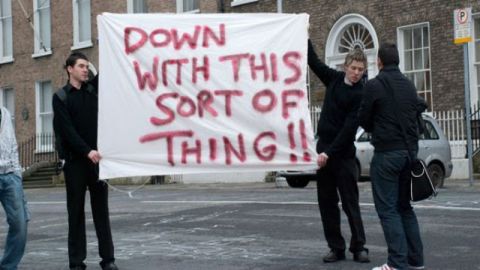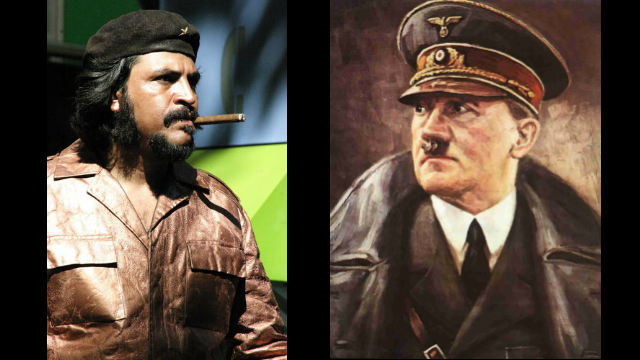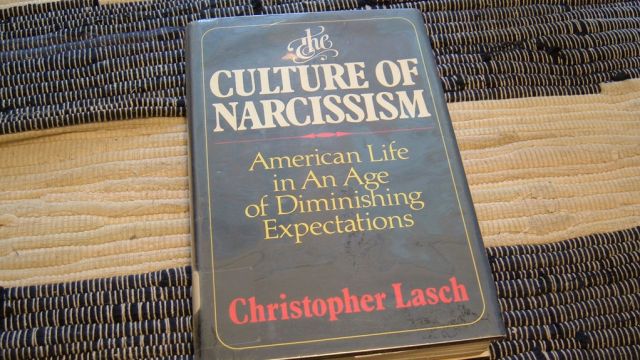“Occupy” and the Tea Party: Two Clueless Solutions to the Same Problem?

What’s the Big Idea?
For Bruce Bueno de Mesquita, it’s all about power. Game-theory-wielding, uncannily accurate predictor of pivotal outcomes (like whether or not Iran will acquire a nuclear weapon), and co-author of The Dictator’s Handbook, de Mesquita is an utterer of (often) unpleasant truths about the way things work. While he’s all for positive social change, he believes that those who advocate for it are often hopelessly naive about how to make it happen. While the rules of how people seize and maintain power vary somewhat from system to system, de Mesquita argues that even revolutionary reformers are ultimately guided by self-interest, and concerned about the well being of “the 99%” only when it is expedient to their own ambitions.
De Mesquita sees “Tax the Rich!” and “Cut Government Spending!” – key messages of Occupy Wall Street and the Tea Party movement – as two misguided responses to the powerlessness many Americans feel. De Mesquita argues that the left/right discourse in this country, even in its populist form, is less about what’s good for the country than about power battles between republican and democratic leaders, who predominantly represent the rich and poor, respectively.
The primary goal of any leader being to maintain power, Democratic leaders want to ensure that their constituents (the less well-off, by and large) receive the maximum benefit from federal projects while paying as little as possible for them, and Republican leaders want to ensure that the wealthy – who benefit less from social programs – don’t foot the bill for them, regardless of what’s best for the nation or the economy. In populist form, this manifests as demands on the right (Tea Party) for less government spending and demands on the left (OWS) for taxes on the wealthy. If the goal of these movements, de Mesquita says, is to solve the nation’s economic woes, both approaches are misguided.
Bruce Bueno de Mesquita: On the Tea Party side, we can hope that their views are such that the frustrated voters who brought them to power will stop, reflect and not bring them to power again, mindful however that incumbents have huge advantages in getting elected to congress . . . We can hope these guys will be one term members of congress because they don’t have a clue as to how to fix the problems. They are making themselves feel good.
The Occupy Wall Street people are exactly the same. So if we taxed everybody whose income is over 200,000, 250,000 a year at 100% we would not really make a big difference in the economic woes of the country. I mean there is a simple reality here. 47% of American households pay no income tax, so the 53% that pay income tax are basically the folks whose incomes are roughly over $50,000 a year. That gets to be a very thin group of people as you get over 200,000. So if you’re taxing to the hilt the very upper end who are already paying much more tax than anybody else you just—at the level of deficit we have you don’t make a dent.
What’s the Significance?
In the short-term, if we really want to get the economy moving again, de Mesquita would advocate doing the opposite of what some vocal members of the Tea Party and Occupy movements want – he would cut taxes and increase government spending, the purpose being to get more money circulating, which would stimulate job growth and build momentum toward a more balanced economy.
To make this work, de Mesquita says, we would need to draft legislation to ensure that taxes would rise again as the economy began to gain steam, so as to offset the deficits from government spending in a low tax revenue period.
Even if he is right, de Mesquita would be the first to argue that his plan is unlikely to be implemented – or even proposed – under the current arrangement in America. Gerrymandering ensures that districts are largely composed of homogeneous blocs of voters likely to re-elect the incumbent. If the people want real change, he argues, they need to begin by getting out their maps and Sharpies, and building a grassroots movement to challenge redistricting. It’s less sexy than “We are the 99%!” but it might bring us closer to common – and stable – ground.





